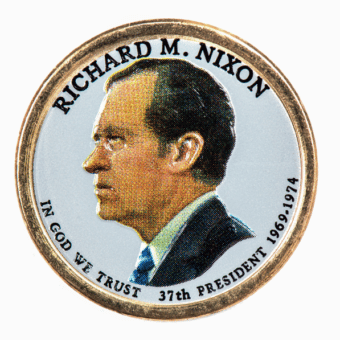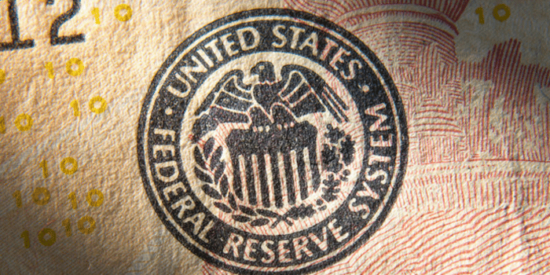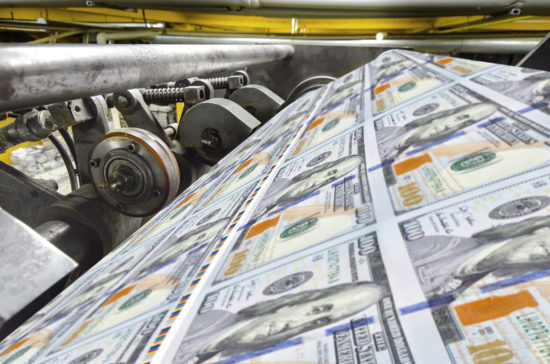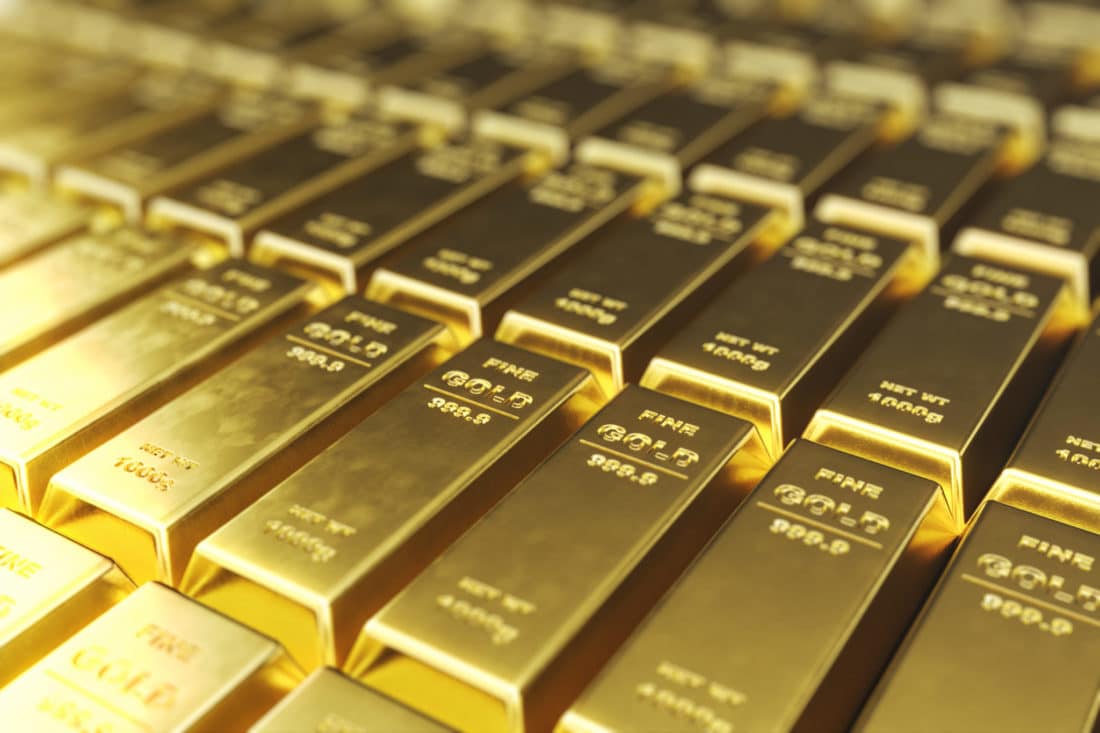Maybe you’ve heard the term “Gold Standard” discussed in recent years, particularly if you’ve been following Dr. Judy Shelton’s (failed) nomination to the Federal Reserve in 2020.
Shelton was a strong advocate for bringing back the gold standard in some capacity or another. And it’s her advocacy that eventually triggered the vote of no confidence among both Republican and Democrat lawmakers.
Apparently, the gold standard is still a hotly debated issue. So, what is it exactly, and why is it so controversial?
What is the gold standard?
The gold standard is a monetary system in which a unit of currency is pegged to a fixed quantity of gold.
Here’s an example: In 1879 the fixed rate between gold and the US dollar was $20.67 for 1 ounce of gold.
Over a period of decades prior to 1971, countries participating in the gold standard would change their currencies’ fixed rates (sometimes temporarily suspending the gold standard) to adjust for changes in their respective economies.
But in 1971, the gold standard was permanently abolished by President Richard Nixon.

President Nixon effectively abolished the gold standard and gold in 1971
Why did President Nixon abolish the gold standard?
To answer this question, we have to go back to 1944 when leaders from 44 countries got together to participate in what’s now famously known as the Bretton Woods Agreement.
In short, it went like this: the dollar was fixed to gold at $35 an ounce and all other currencies were pegged to the dollar.
This worked for nearly three decades, but then problems arose.
Leading up to 1971, too many nations tried to cash in their U.S. dollars for gold, forcing President Nixon to deny the gold-dollar trade-in. This essentially tore down the global market’s reliance on the gold standard, and from that point on, the gold standard was officially over.

The Federal Reserve now controls the currency supply
How did the end of the gold standard affect the US dollar?
When the gold standard was abolished, global currencies became “fiat currencies.” They floated freely in the market; their values determined by supply and demand (like other commodities); and none were backed by any tangible commodity.
The US dollar, from that point on, was backed by faith in the US Federal Reserve and the US government. The same could be said of every other currency and their respective governments.
As for the dollar, it had lost 86.1% of its value!
Meanwhile, US inflation rose 621%, gold priced in US dollars rose 5,130%, and silver (a secondary metal included in the gold standard) rose 1,068% when priced in dollars.
Based on this data, the biggest loser was the dollar’s value as measured in “purchasing power.”

Inflation accounts for the loss in the dollar's value.
What accounts for the loss in the dollar’s value?
The simple answer: inflation. When there’s too much money chasing too few goods, the prices of goods tends and the buying power of the dollar begins to decline. In other words, the money supply continues to inflate, causing a steady decline in the dollar’s value.
Since the dollar had lost, on average, 86.1%, this means that it takes $7.22 today to buy what would have costed you $1.00 in 1971. That’s a 621% increase in price.
To be fair, this is an average inflation reading. The cost of certain goods and services (like healthcare services and college tuition) have risen higher and at a faster rate than others.

Since the US gold reserve no longer limits the amount of dollars that can be created, the Federal Reserve has the power to increase or decrease the money supply.
I get it. But what causes the money supply to inflate?
The Federal Reserve is the only agency that can “print” money. Since the US gold reserve no longer limits the amount of dollars that can be created, the Federal Reserve has the power to increase or decrease the money supply. If the Federal Reserve “prints” more money while the number of goods in the economy stay the same, prices tend to rise.
Banks also play a role in adding money to the system. Since they operate on a “fractional reserve” system, they have been able to lend a certain amount of money beyond their total deposits and reserves.
By issuing loans beyond the amount of funds in deposit, commercial banks are essentially creating more money. This, in turn, contributes to a steady inflation trend.
So, why not just go back to the gold standard?
It’s not that simple. A gold standard would force the government to exercise fiscal discipline. If you think about it on a personal level, it would be unwise to spend money you don’t have or can’t earn anytime soon.
The government doesn’t generate revenue in the productive sense. They increase revenue through taxation. If it needs more money, a government would either borrow it by issuing bonds or increase taxes.
Increasing taxes to raise funds will often be met by dissent among citizens. After all, it’s our hard-earned cash that the government is taking to fund its projects.
And this is where the proverbial money printing comes in. With no gold standard to limit the amount of money that can be printed, the Federal Reserve can continue printing money as needed to fund the government’s fiscal projects. And more money in the system chasing a limited amount of goods tends to raise prices.
This is also why inflation is called a “hidden tax.” While the government is not taxing its citizens directly to increase revenue, it’s increasing revenue on the “back end,” the effect of which is to dilute the purchasing power of dollars held by citizens.

Why do many economists and politicians oppose the gold standard?
Why do many economists and politicians oppose the gold standard?
The main argument against a gold standard is that it would limit the ability of the Fed to intervene in the economy during periods of recession and high unemployment.
The Fed can lower interest rates to kick-start demand by making the cost of (borrowing) money cheaper. It can also raise interest rates to discourage spending when the economy is overheating (undergoing an inflation surge).
Skeptics would say that economic booms and recessions comprise a “natural” economic cycle and that the economy and markets can “take care of themselves,” so to speak.
Economists and lawmakers who favor economic intervention would disagree wholeheartedly. They feel that monetary intervention may be the best way to engineer a smooth-running economy.
The takeaway
The gold standard remains a hotly-debated issue. Although people don’t commonly use gold as a medium of exchange, many purchase gold as a store of value. The same can be said of central banks across the globe, as most hold physical gold as part of their foreign exchange reserves.
The important thing to remember is that the gold standard is a monetary system that’s been used to stabilize the value of a currency. Whether you agree with this system or not is an issue that you should carefully think about.




